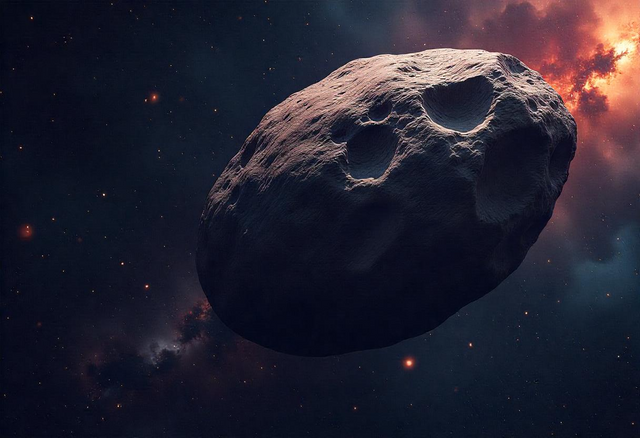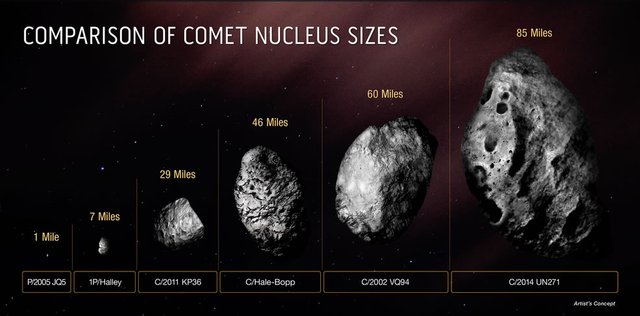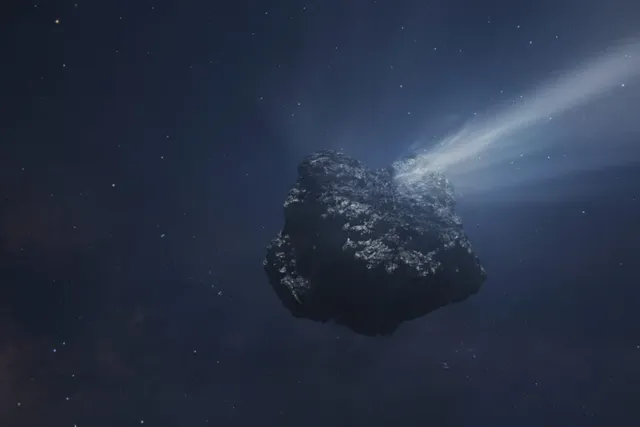The greatest destroyer of worlds we know.
The greatest destroyer of worlds we know.

The colossal comet Bernardinelli-Bernstein, colossal is perfect, it is enormous, it comes from the Oor cloud, the outermost region of the solar system populated by billions of comets, hundreds of potential dwarf planets, surely some interstellar objects since it is a region so large that it would take thousands of years to cross it and planet number nine, the hypothetical planet number nine, may also be there, the hunt for which by the way is becoming very interesting lately.

Souce
Researchers observed this giant comet while it was more than halfway from Neptune at about 16.6 astronomical units, one astronomical unit is the distance that separates the Sun from the Earth and is equivalent to about 150 million kilometers, Neptune is further away at about 30 astronomical units, this giant comet is still distant from us, but one of the intriguing things is that it is already expelling gases and that baffles researchers. astronomers.

Souce
The new observations revealed complex jets of carbon monoxide emanating from the comet's nucleus which are providing us with the first direct evidence of factors driving the activity of this comet so far from the sun. Not only does the discovery mark the first detection of molecular outgassing in this giant comet unprecedented for its size, but this discovery also offers extraordinary insight into the chemistry and dynamics of objects originating in the most remote reaches of our solar system.
The images without reference were created with AI
Thank you for visiting my blog. If you like posts about #science, #planet, #politics, #rights #crypto, #traveling and discovering secrets and beauties of the #universe, feel free to Follow me as these are the topics I write about the most. Have a wonderful day and stay on this great platform :) :)


Congratulations @jorgebgt, your post was upvoted by @supportive.